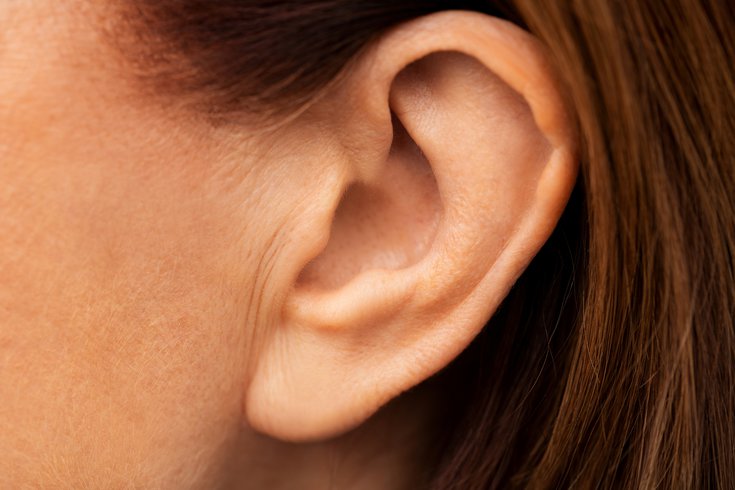
June 20, 2022
 Source/Image licensed from Ingram Image
Source/Image licensed from Ingram Image
To safely remove an earwax buildup, doctors advise people to use peroxide ear drops and irrigate the ear with a saline solution. People should not stick cotton swabs inside their ears.
Earwax plays an important role in protecting the ears from water, infection, injury and foreign objects. Most of the time, the body can easily discharge it naturally, but sometimes a buildup occurs that can cause health complications.
Earwax is made of a combination of dead skin cells, hair and discharge from two glands. Old earwax is pushed out naturally by jaw motions, like chewing, and when the skin in the ear grows outward. When the wax reaches the outside of the ear, it just flakes off. Any wax on the outside of the ear can easily be cleaned off with a washcloth.
Most of the time, the ears don't need any help getting rid of wax, but sometimes earwax becomes impacted. This means that it has built up in the ear canal, causing a blockage. About 10% of children and 5% of adults who are otherwise healthy experience earwax build up, the Cleveland Clinic says.
People with an abundance of ear hair, certain skin and autoimmune conditions and those who wear hearing aids or earbuds are more prone to earwax buildups. Sometimes, the shape of the ear canal or an injury to the ear also can increase risk.
Older adults also are more likely to experience a buildup because earwax tends to become harder as people age and is more difficult to flake off on its own.
Symptoms of an earwax buildup include an earache, hearing loss, sense of fullness in the ear, itchiness in the ear, dizziness, ringing in the ears and a cough.
Earwax can be removed by applying peroxide-based ear drops, like Debrox, to soften the wax and then flushing out the ear with a saline solution a few days later. Health care providers might use a suction device.
People are advised to talk to a health care provider before treating earwax buildups on their own to ensure they are using a safe method.
Doctors advise against sticking anything inside the ear, including cotton swabs. They only push earwax farther into the ear and can cause ear injuries. Studies also have shown that at-home suction devices and ear candles also aren't effective and could cause injury to the ear.
Additionally, children under age 6 should not use ear drops or have their ears flushed unless it is advised by a pediatrician. They may choose to do it at a doctor's visit.
People with tubes in their ears, or those who think their eardrums may be perforated, should not have their ears irrigated, doctors say.
Earwax can be a range of different colors. Some people tend to have more wet earwax while others produce more dry earwax. People should contact their health care providers if their earwax is completely black or consists mostly of a discharge, like a white or greenish pus.